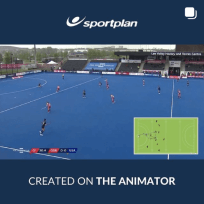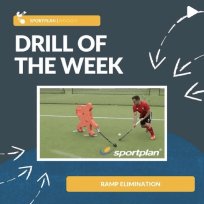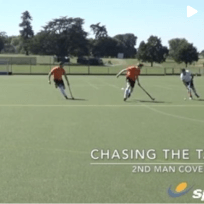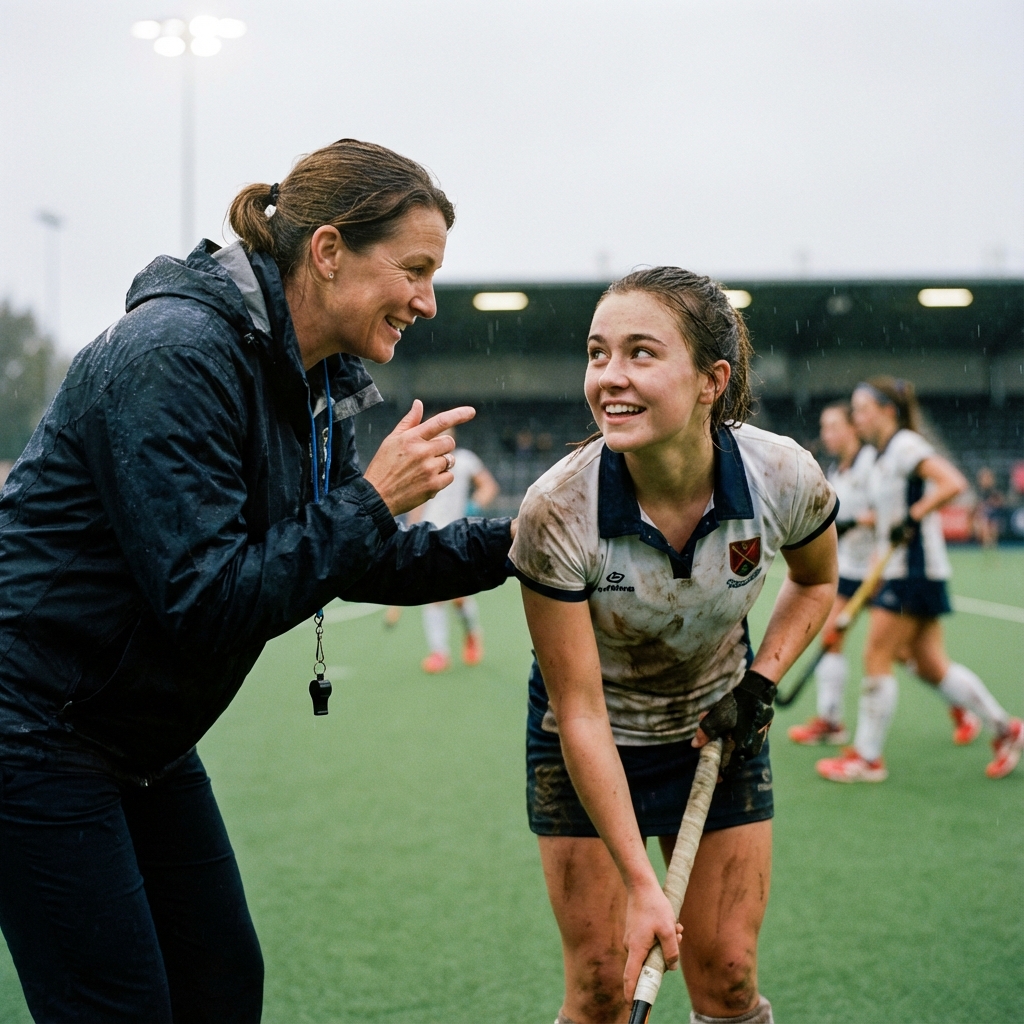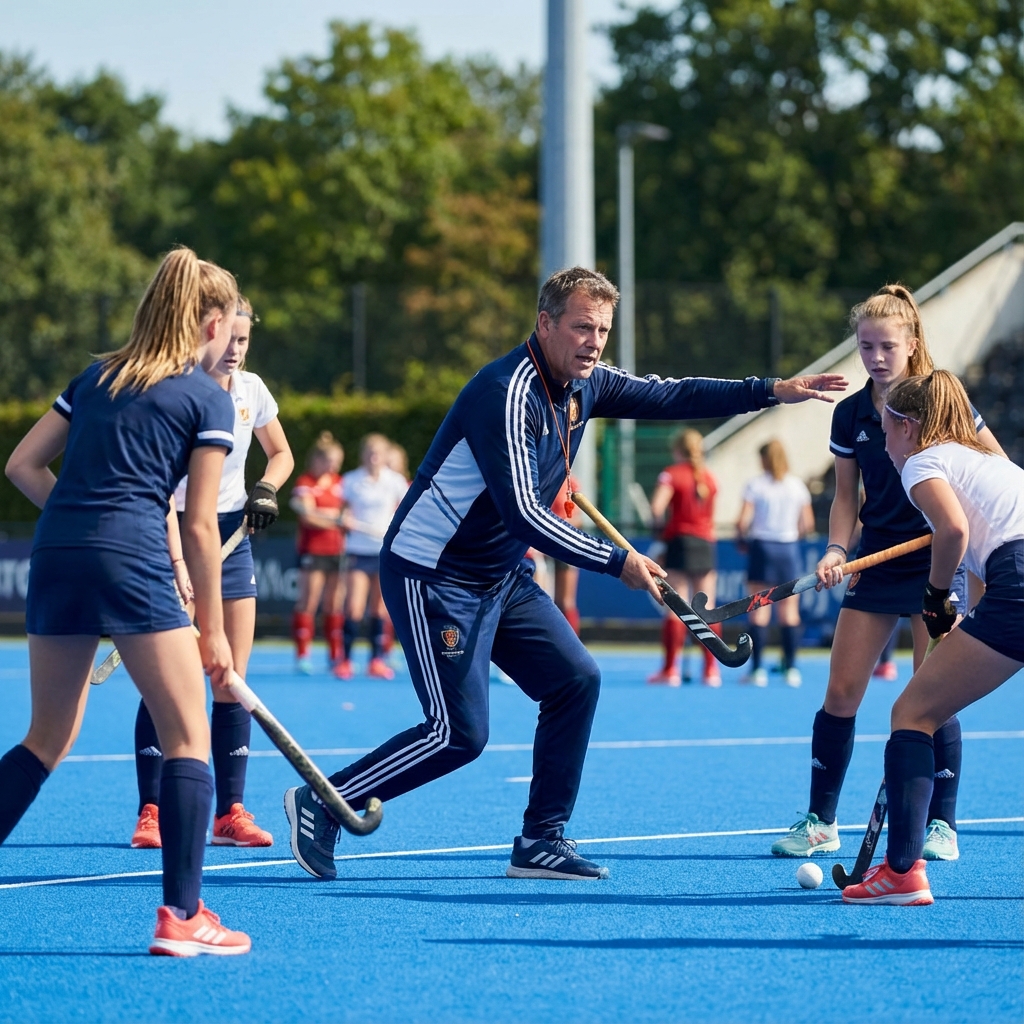How do you teach children aged 7 how to play a hockey match?
I coach aged 7 children and I don't know how to teach them how to play a proper hockey match without all of them going for the ball and not staying in their positions. Do I put lines where they are not allowed to pass? or what?
Hi Bev,
I`ve attached this drill which may help.
This should be a nice introduction about staying in areas, while still allowing the core skills to be practised in a more game like environment.
Let me know your thoughts,
Josh

9 Zone: Passive Defending
DESCRIPTION
9 Zone: Passive Defending
DESCRIPTION
Hi Bev
Personally I`d not try to teach `proper` hockey at this age. I think there`s too much for a 7 yr old to take in. Better to focus on idea of working with each other, passing to each other and spreading out.
I`d have thought you`d always have one player who wants to protect the goal and maybe one or more who might want to score? Perhaps introduce idea of a chain of passes, so you need someone `at the back`, someone in the middle and someone near to the goal you score in?
In England, we play something called quicksticks around this age or maybe a year+ older. We use ânormalâ hockey sticks, with an oversized ball (maybe 50% larger than a normal ball, and lighter too, for easier control and less damage when smashed into feet). It`s only 4 a -side. 2 boys and 2 girls. This IMO is a lovely implementation of hockey. Itâs played on a netball court, to give you an idea of available space.
PRACTICAL SUGGESTIONS (all based around the fundamental principles of making use of space, movement off the ball and passing to progress up the pitch):
hockey netball might work.
No tackling.
Person with ball can`t run with it but can turn to pass in any direction (introduce idea that players without the ball must `help` the player with the ball)
OR
Just say only 1 person can tackle ball carrier and keep stopping the game until they spread out (I know this could lead to a lot of whistle blows but maybe try it to see if it has a positive effect on spacing)
OR
Pair up players and only people in those pairs can tackle each other
OR
Play small sided games on netball courts (e.g. 4v4 or even fewer, just to show what happens when you spread out, or even 3v2, to encourage players to stretch play) - should create more space on the pitch.
OR
Forget about normal goal-scoring and say you score by passing to every member in your team (or maybe you have to pass to everyone before you can score). You then simply have to introduce the idea of spreading out vs being bunched (and losing space).
OR
Play a normal game, then stop and play a small sided game e.g. a possession game (immediately above) or perhaps 4-1, then 4-2 then 4-3 then 4-4 (adding a player every 20 seconds), to allow you to introduce the idea of spreading out, then return to a normal game to see if anything has been absorbed (we`re pushing this learning method A LOT in England hockey currently).
OR
Following Josh`s zone theme, perhaps split playing area into 3 zones/strips (DEF/MID/ATT) and allocate players to a zone. You can rotate players through the zones, so everyone `has a go`.
Hope this inspires you (and helps too)!
Thanks,
Gary









